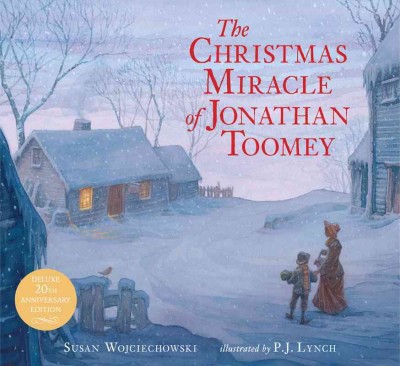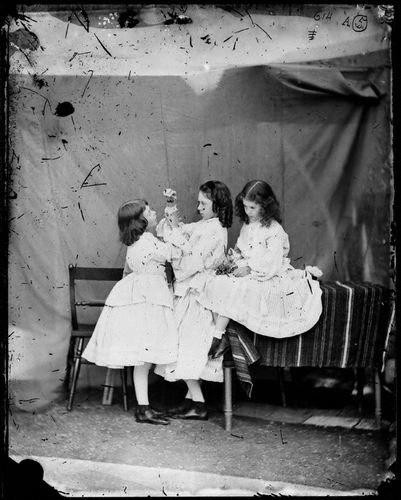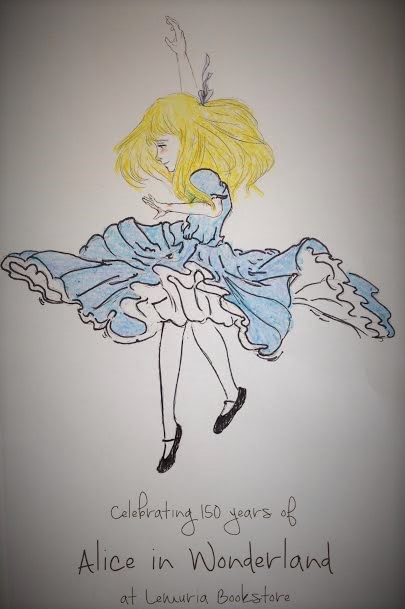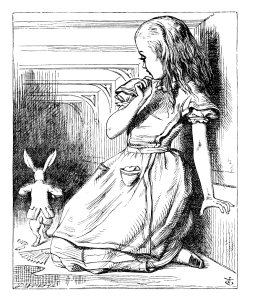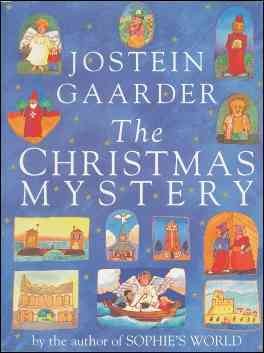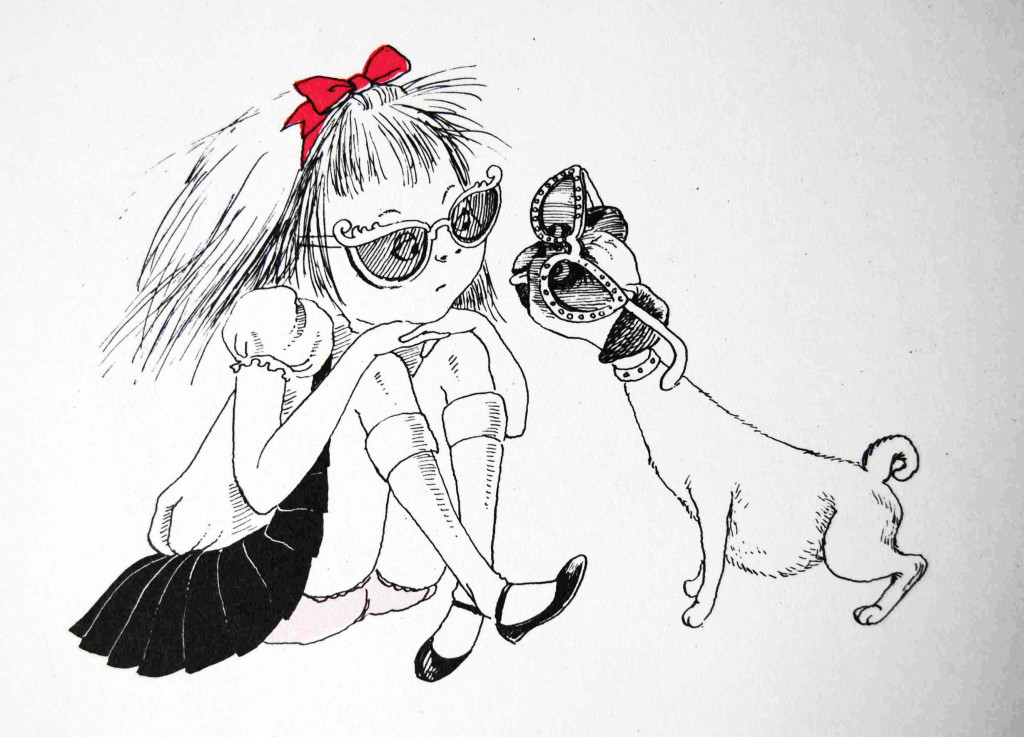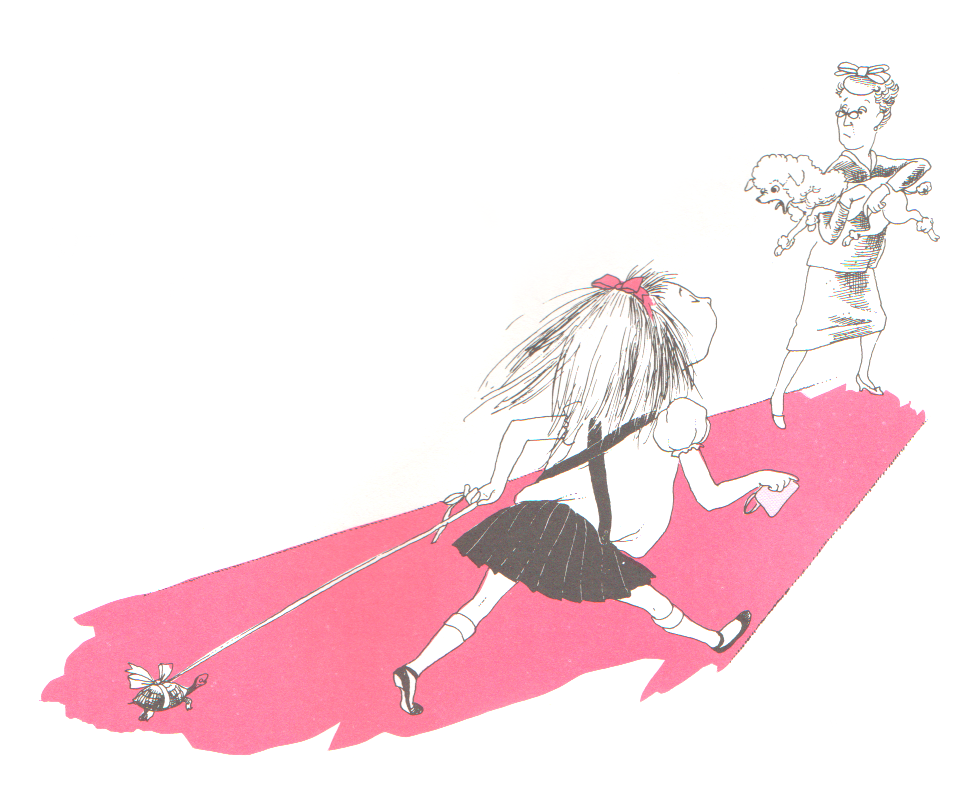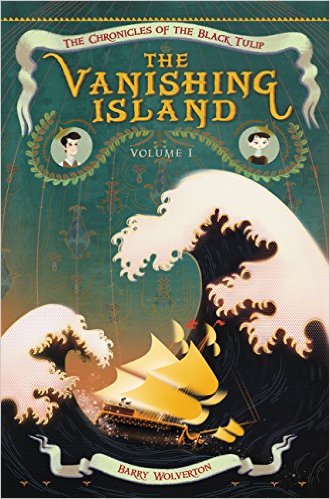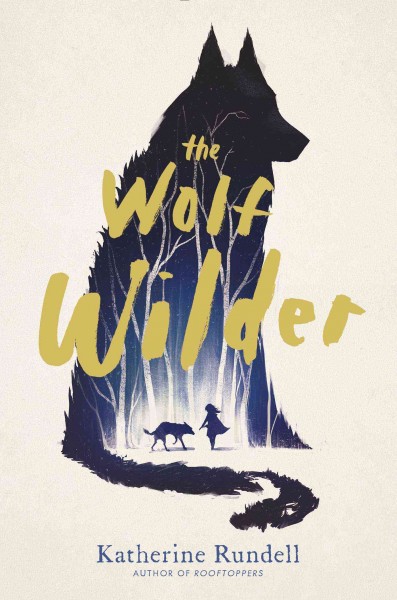 “Wolf wilders are almost impossible to spot. A wolf wilder is not like a lion tamer nor a circus ringmaster: Wolf Wilders can go their whole lives without laying eyes on a sequin. They look, more or less, like ordinary people. There are clues: More than half are missing a piece of finger, the lobe of an ear, a toe or two. They go through clean bandages the way other people go through socks. They smell very faintly of raw meat.”
“Wolf wilders are almost impossible to spot. A wolf wilder is not like a lion tamer nor a circus ringmaster: Wolf Wilders can go their whole lives without laying eyes on a sequin. They look, more or less, like ordinary people. There are clues: More than half are missing a piece of finger, the lobe of an ear, a toe or two. They go through clean bandages the way other people go through socks. They smell very faintly of raw meat.”
So begins Katherine Rundell’s The Wolf Wilder, a story that envelops readers in words, taking them on a journey into the dark of the snowy Russian forests and into the heart of St. Petersburg. It is a story that wraps around the reader much like the red coat the protagonist wears.
In The Wolf Wilder, the nobility of Russia purchase wolf pups to bring their families good fortune. The wolves wear gold chains and are taught to be tame. Once the wolf begins to act, well, like a wolf, they are sent back into the wilderness. This is where the wolf wilder comes in to help “untame” the wolf and teach it to run and hunt and survive in the wilderness where it belongs. Feodora, described as a “dark and stormy girl” and her mother, Marina, are wolf wilders in the deepest forests of Russia, far away from St. Petersburg, where they turn the wolves wild in an abandoned chapel.
When Marina is arrested by the cruel General Rakov for defiance against the tsar for “wilding” the wolves instead of shooting them outright, Feodora embarks on a dangerous journey to St. Petersburg to rescue her mother. She is accompanied by three wolves named White, Gray, and Black, and by Ilya, a boy her own age who used to be an imperial soldier but whose lightness of foot is much like the wolves.
With motifs from Little Red Riding Hood, Rundell spins her own fairytale that, much like the Grimms, goes into the darkest part of the forest, with little hope of escape. Rundell has a way with words and language, as seen in her previous two middle grade novels, Rooftoppers and Cartwheeling in Thunderstorms, and The Wolf Wilder does not disappoint. Feo, a little girl who might be too small to notice, outsmarts the imperial soldiers with her wits, her wolves, and the help of friends she makes along the way. A beautifully enchanting story to read this winter, The Wolf Wilder shows that there is glittering undercurrent even in the darkest of moments, and even the smallest of golden moments can illuminate the darkness.
Originally published in the Clarion-Ledger.


 Earlier this week, Gene Luen Yang was appointed the National Ambassador for Children’s Literature. Having heard Yang speak at the Children’s Book Festival in Hattiesburg in April of 2015, this news comes as a delight. His presentation was engaging, made everyone laugh, and I’ve never seen so many librarians queue up to buy a graphic novel. They were sold out minutes after his speech. With his friendly demeanor and an innate ability to teach, whether it is about the history of superheroes in comics—Superman was also an alien immigrant—or teaching history (the Boxer Rebellion) or coding, Yang’s range and appeal is wide and varied. There is one constant, though. Gene uses illustrations, comic-strips, in fact, to tell his stories.
Earlier this week, Gene Luen Yang was appointed the National Ambassador for Children’s Literature. Having heard Yang speak at the Children’s Book Festival in Hattiesburg in April of 2015, this news comes as a delight. His presentation was engaging, made everyone laugh, and I’ve never seen so many librarians queue up to buy a graphic novel. They were sold out minutes after his speech. With his friendly demeanor and an innate ability to teach, whether it is about the history of superheroes in comics—Superman was also an alien immigrant—or teaching history (the Boxer Rebellion) or coding, Yang’s range and appeal is wide and varied. There is one constant, though. Gene uses illustrations, comic-strips, in fact, to tell his stories.
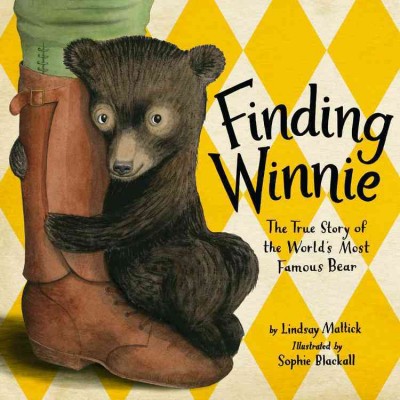 Finding Winnie
Finding Winnie